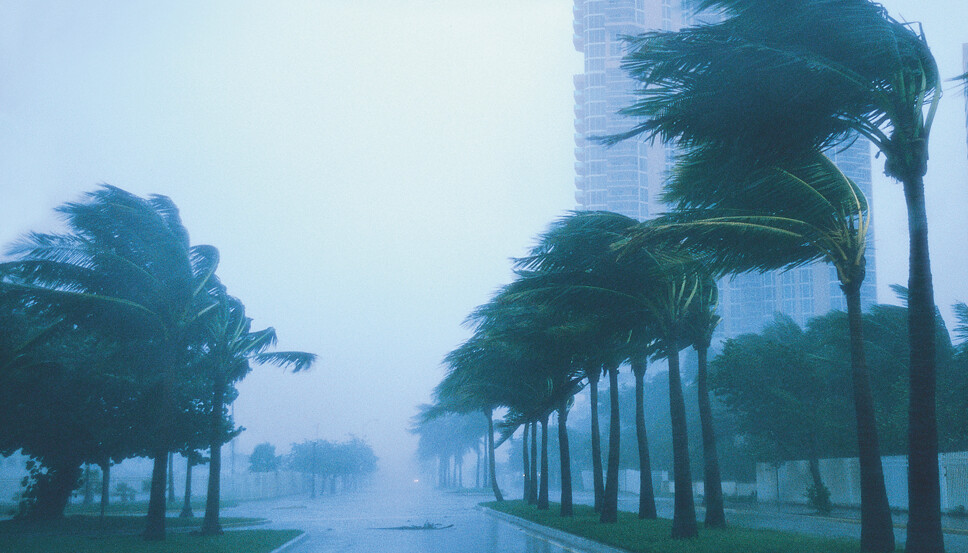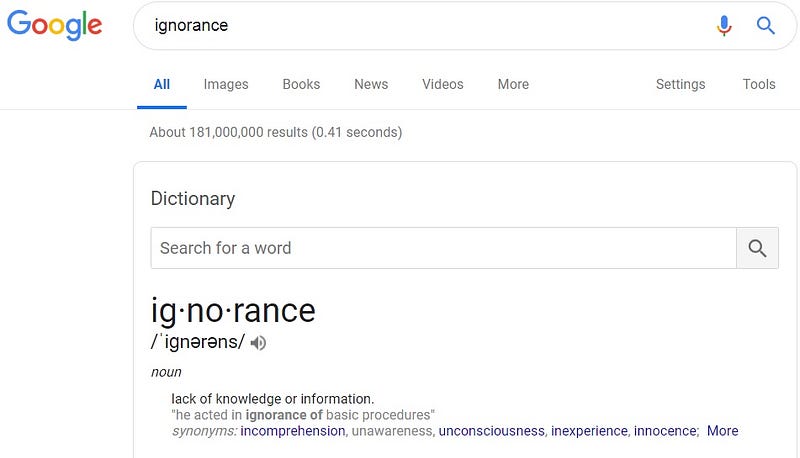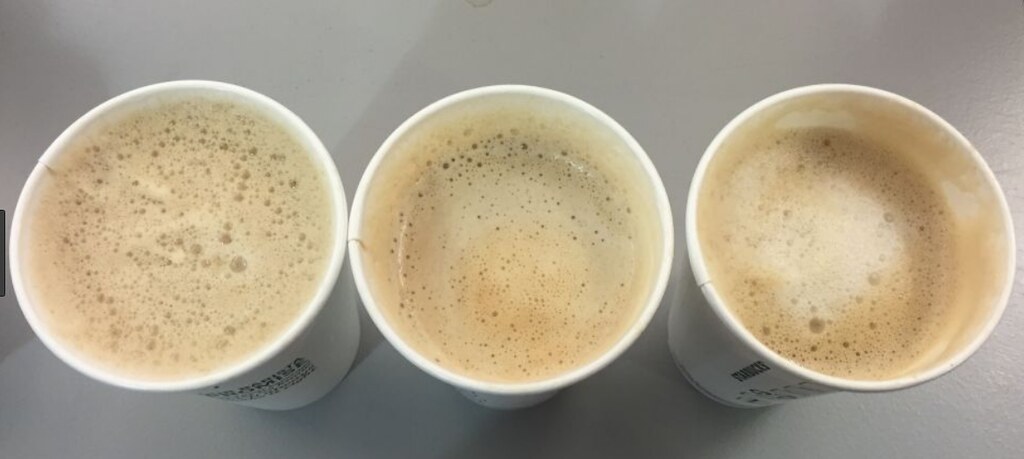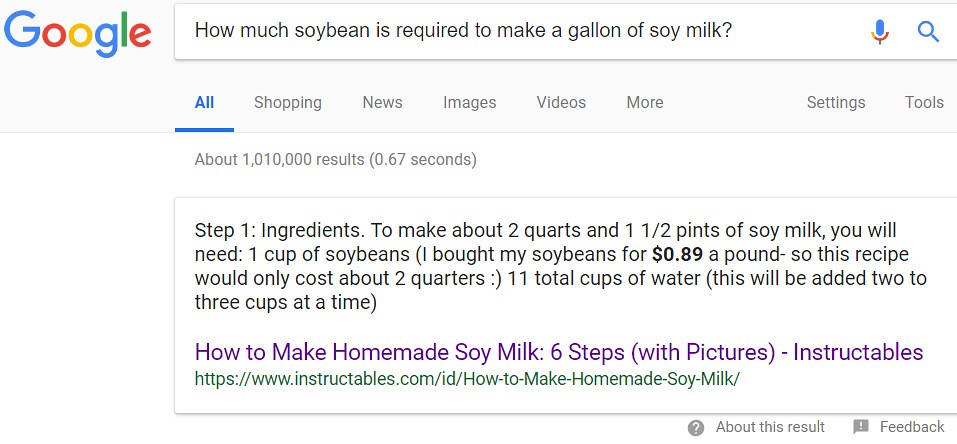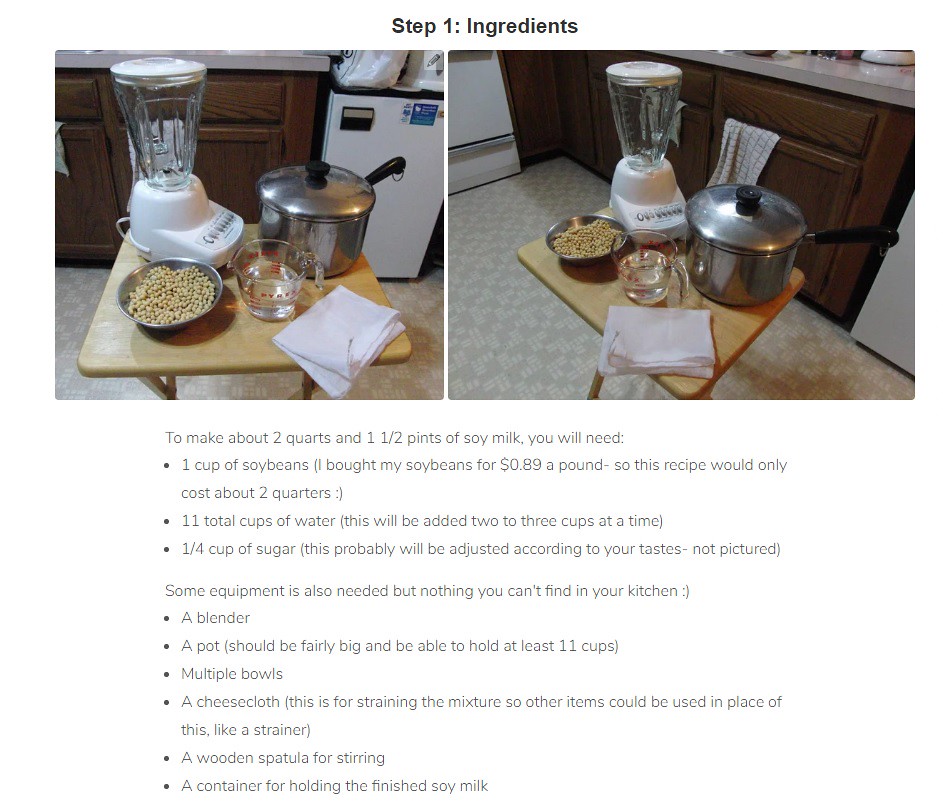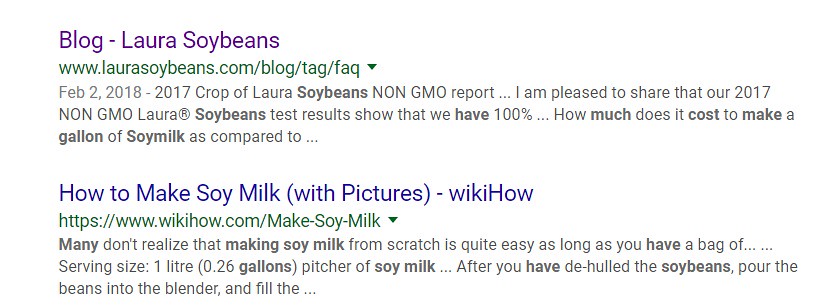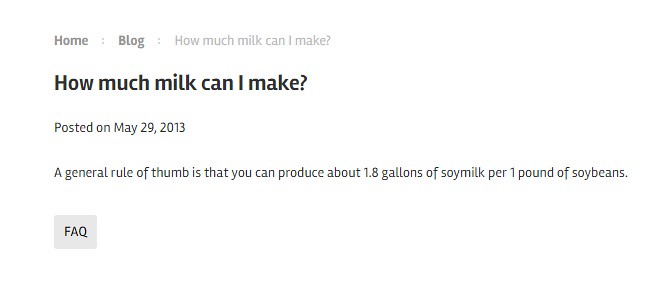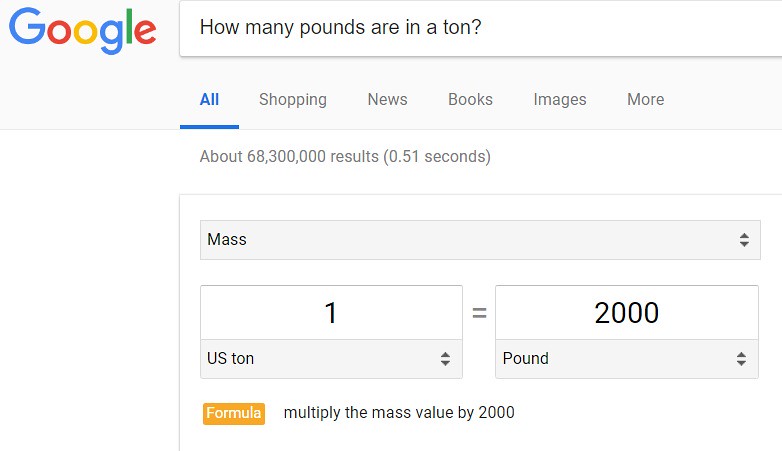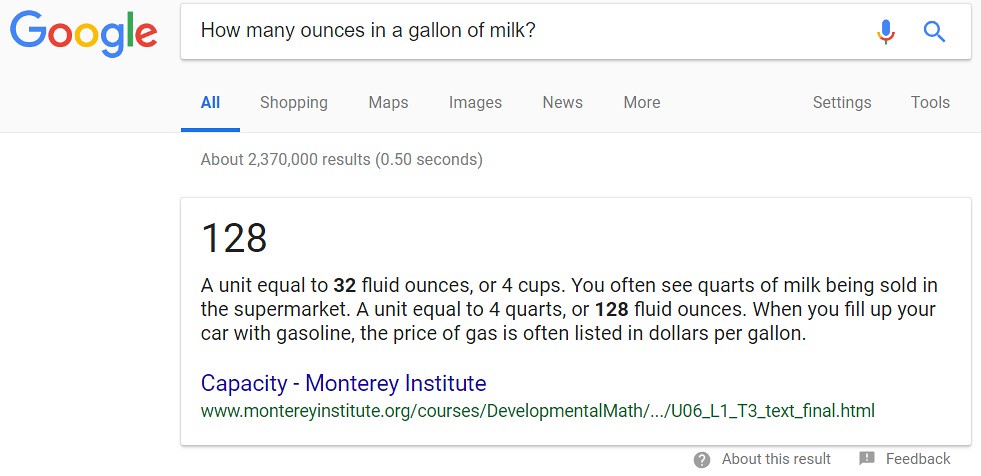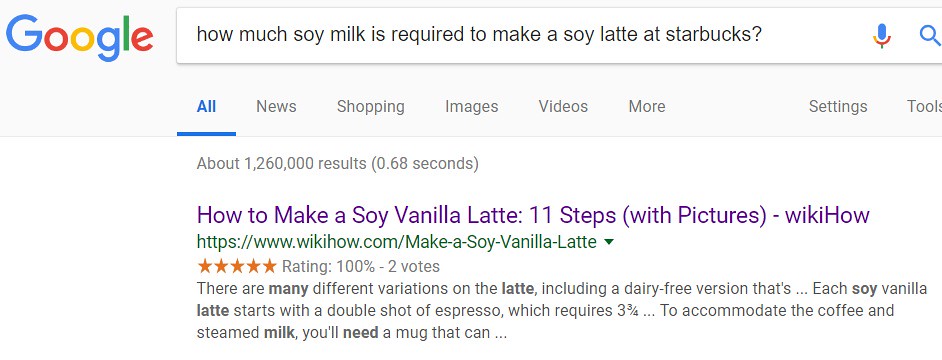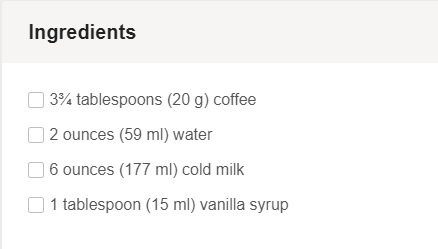Breaking news -- not really. Read all about it...President Trump tries to open up the Arctic Ocean for oil drilling and is met in court with a response of 'No':
In a major legal blow to President Trump’s push to expand offshore oil and gas development, a federal judge ruled that an executive order by Mr. Trump that lifted an Obama-era ban on oil and gas drilling in the Arctic Ocean was unlawful.The decision, by Judge Sharon L. Gleason of the United States District Court for the District of Alaska, concluded late Friday that President Barack Obama’s 2015 and 2016 withdrawal of about 1120 million acres of Arctic Ocean from drilling “will remain in full force and effect unless and until revoked by Congress.” She wrote that an April 2017 executive order by Mr. Trump revoking the drilling ban “is unlawful, as it exceeded the president’s authority.”The decision, which is expected to be appealed in the Ninth Circuit Court of Appeals, immediately reinstates the drilling ban on most of the Arctic Ocean off the coast of Alaska, a pristine region home to endangered species including polar bears and bowhead whales where oil companies have long sought to drill. It also has broader implications for Mr. Trump’s effort to push drilling across the American coastline and on public lands.Specifically, the Arctic Ocean drilling case could give legal ammunition to opponents of Mr. Trump’s efforts to roll back protections for two million acres of national monuments created by Mr. Obama and President Bill Clinton.
With each passing day, the news is filled with updates on the success of the transition toward a renewable energy future. Some may detail certain obstacles while others break the news regarding either a private entity or government moving (or making a commitment) toward achieving a non-zero percentage of their energy economy on clean (renewable) energy. This reality is not new.
Neither is President Trump's inability to realize that 'rolling back' environmental laws put in place by the Obama Administration takes skill (and reason/logic) to reverse. Congress will have to act at the very least. Within that act will have to be a good reason to repeal the law put into place. I have previously stated on this blog site the fact that if a rule is to be changed, the replacement has to be better than the previous law.
Which is to say that the law needs to be even more environmentally friendly than the previous proposal to be passed. Otherwise, the existing law stays in place and is continuously challenged in courts -- as has been the case for the Trump Administration over the last two years. I try hard to explain that rule to everyone with whom I meet and discuss the 'rollbacks' that supposedly have been accomplished by the Trump Administration.
The reality is stated in the article above that the Trump Administration has failed miserably on at least 40 accounts to persuade courts to reverse or 'rollback' a given environmental rule put in place by the Trump Administration. These decisions have been in line with the current standards set in place by Congress. Which should surprise no one including the President of the United States. We will next have to see what Congress says about the issue at hand.
So far Congress has been willing to hold bipartisan hearings this year on the critical issue of climate change. Furthermore, Congress recently wrote a letter to the Director of the Department of the Interior, asking him to not drill for oil off the coast of Florida. That should be a significant indicator to President Trump that his attempts to 'rollback' any Obama Administration's environmental regulations (at least the majority of them) is not an accessible route to go down.
Of course, we are dealing with a non-traditional President of the United States currently. The newspapers should keep up the great work at reporting on such failures. Otherwise, a person might be led to think that a 'rollback' is possible without Congress. The reality is that even Congress is batting for a renewable energy future. Although the timeline might be debatable. Nonetheless, a clean, renewable energy future is coming. Stay tuned.
Related Blog Posts:
Congress Intervenes And Asks For No More Oil Drilling Off Of Florida
President Trump Is Out Of Touch With The Transition Toward Renewable Energy
EPA Director Finally Realizes Reality Of Trying To Roll-Back Obama Era Clean Air Act Regulation
Environmental Groups Question Environmental Protection Agency (EPA) Cuts
President Trump's Immigration Rhetoric Damages International Science Student Enrollment
What Promises Did President Trump Make Science Research During His Campaign?
Can The President Prevent The Public From Learning About Scientific Research???
President Trump's Understanding of the Paris Agreement
World Goes Left, While Trump Leads Right - On Climate - Why?
Is This Behavior Presidential - President Trump?
Paris Climate Agreement Is A Start Toward The Renewable Energy Future
READ THIS BEFORE VOTING -- Presidential Science (WORLD) Issues!
Brings Jobs Back By Promoting Renewable Energy!


